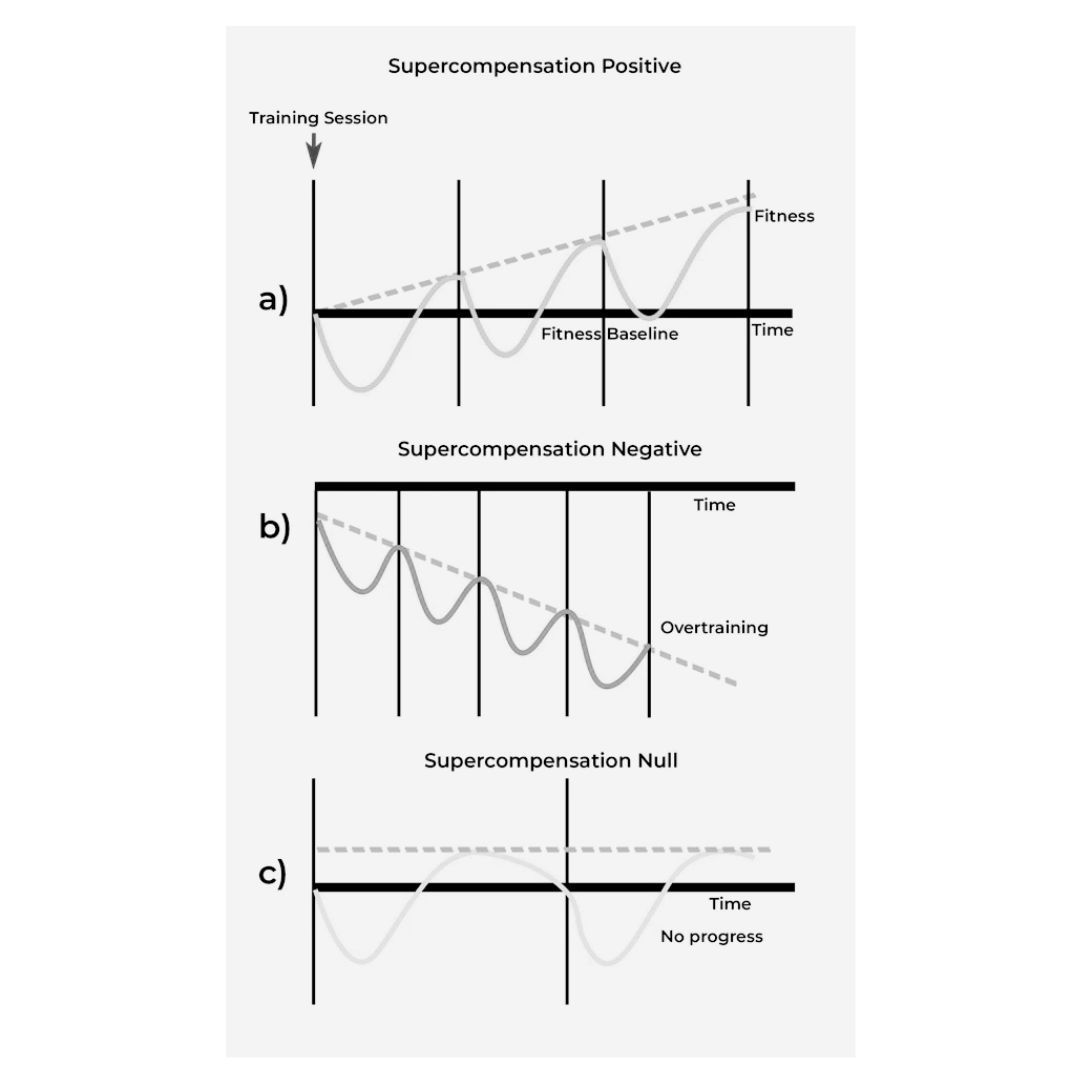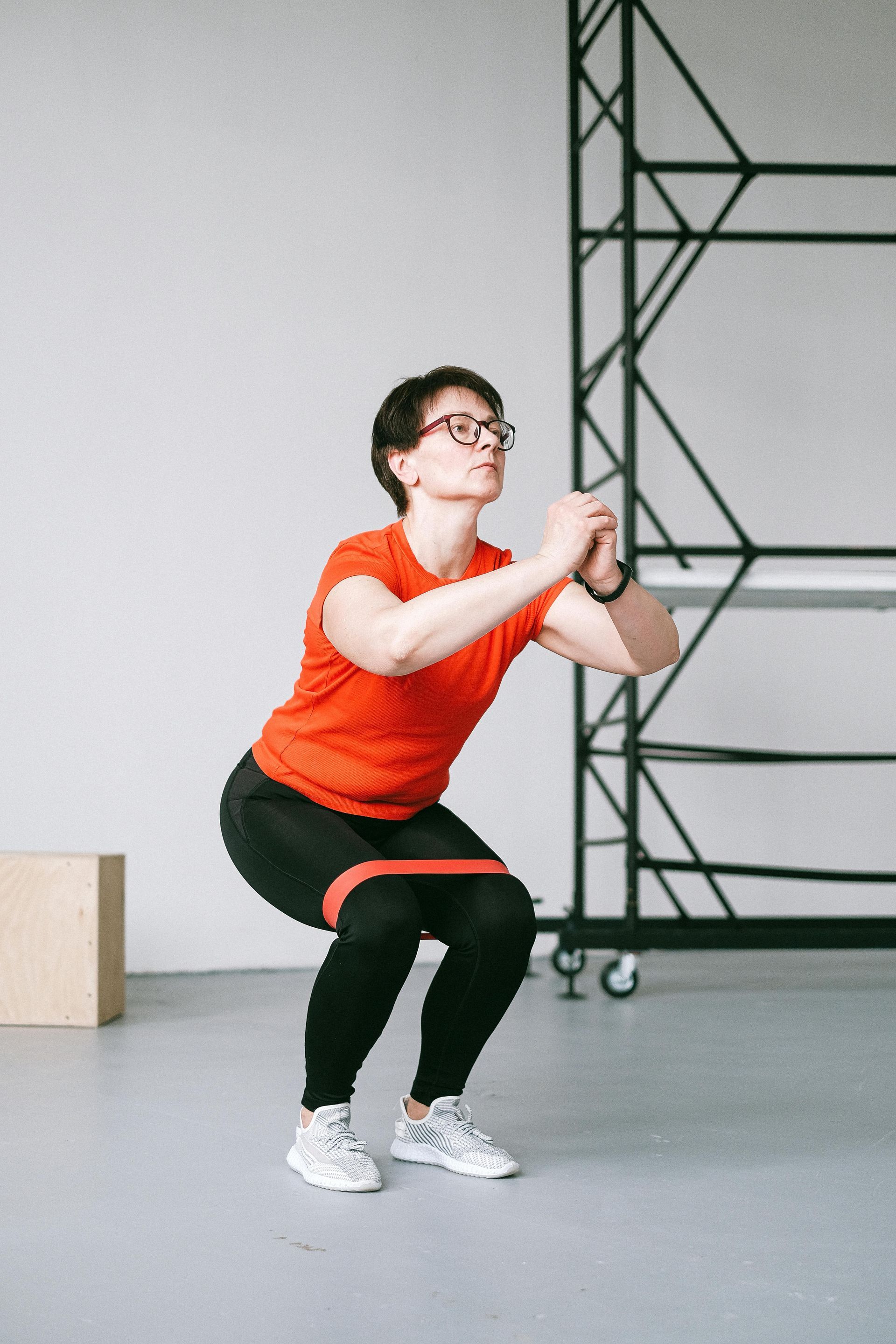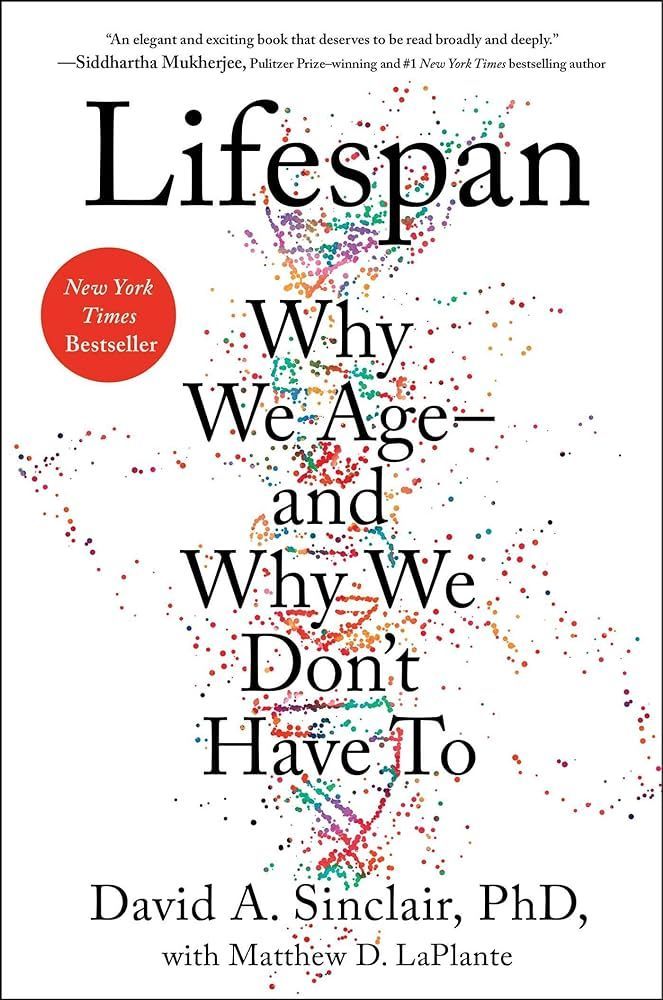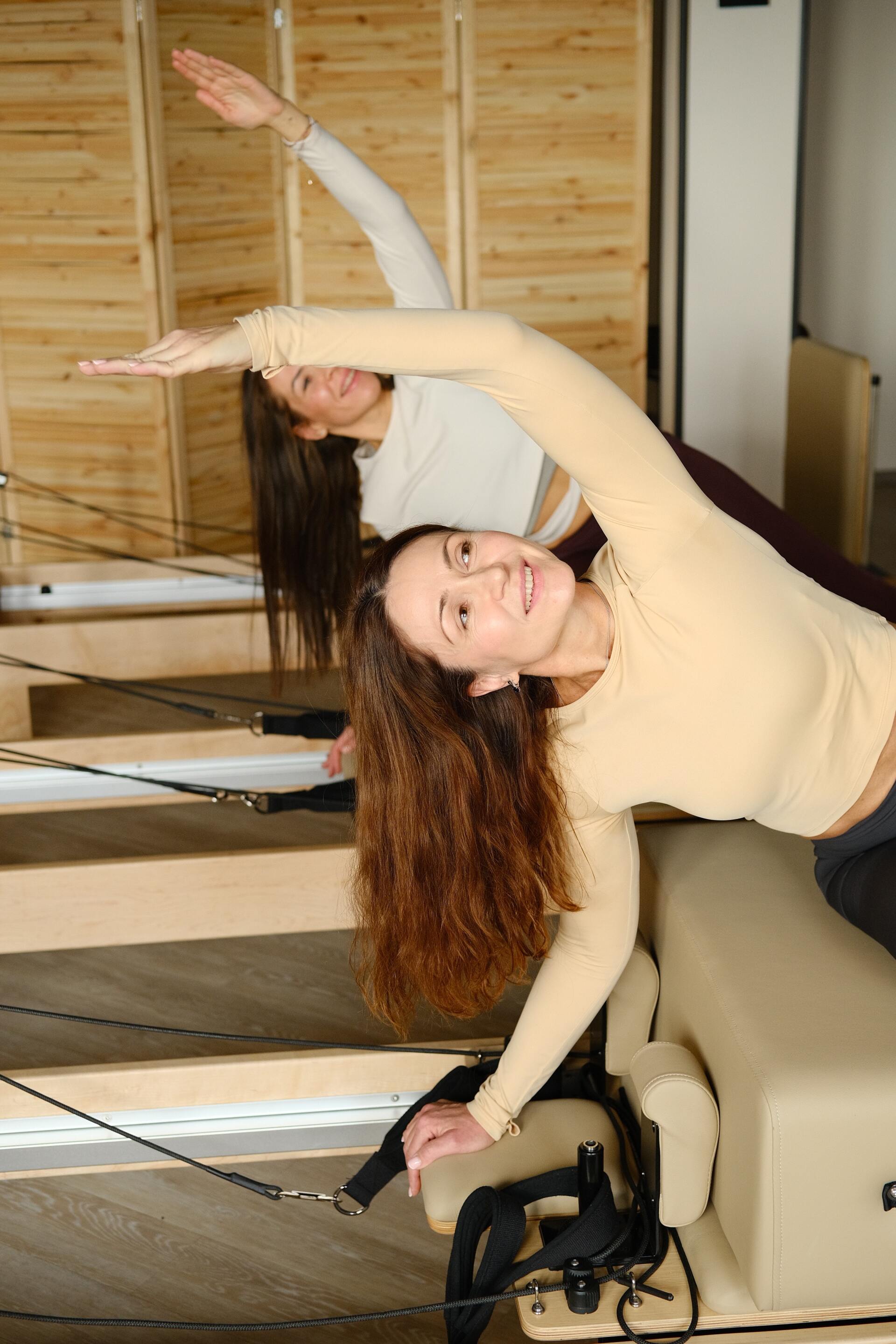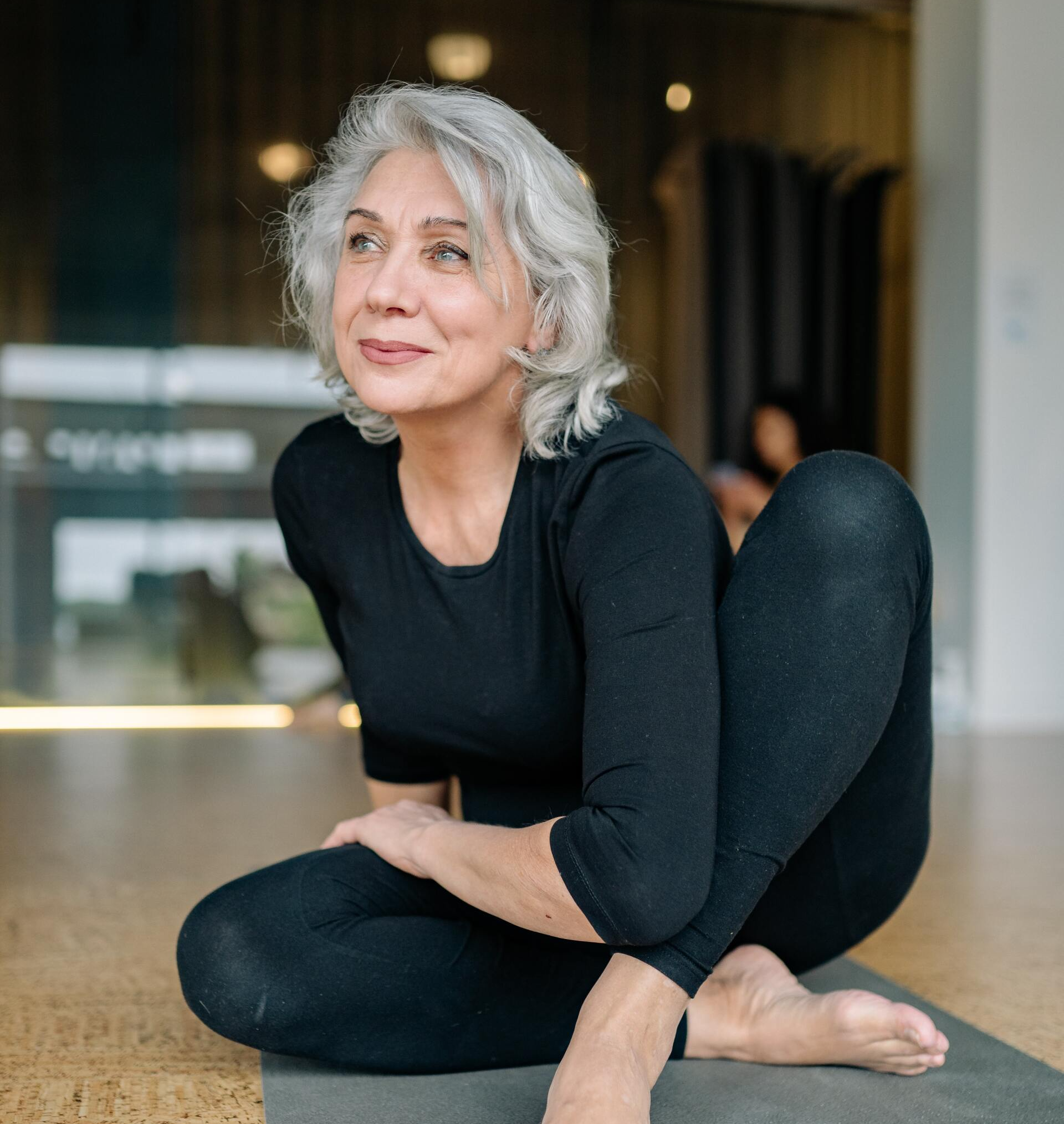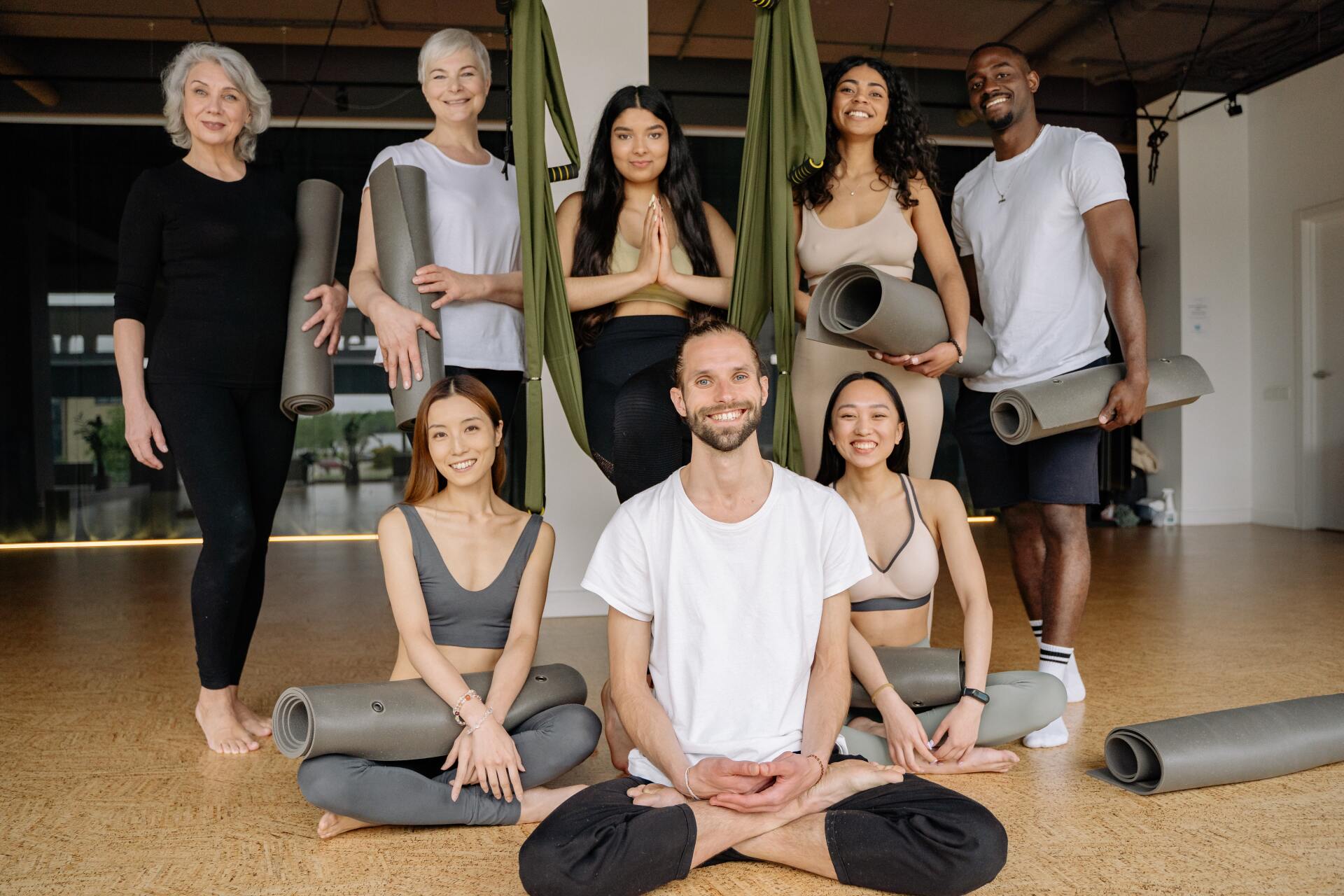The theory behind getting results - supercompensation theory
Supercompensation Theory: one of the exercise science principles we uterlise at wellness.
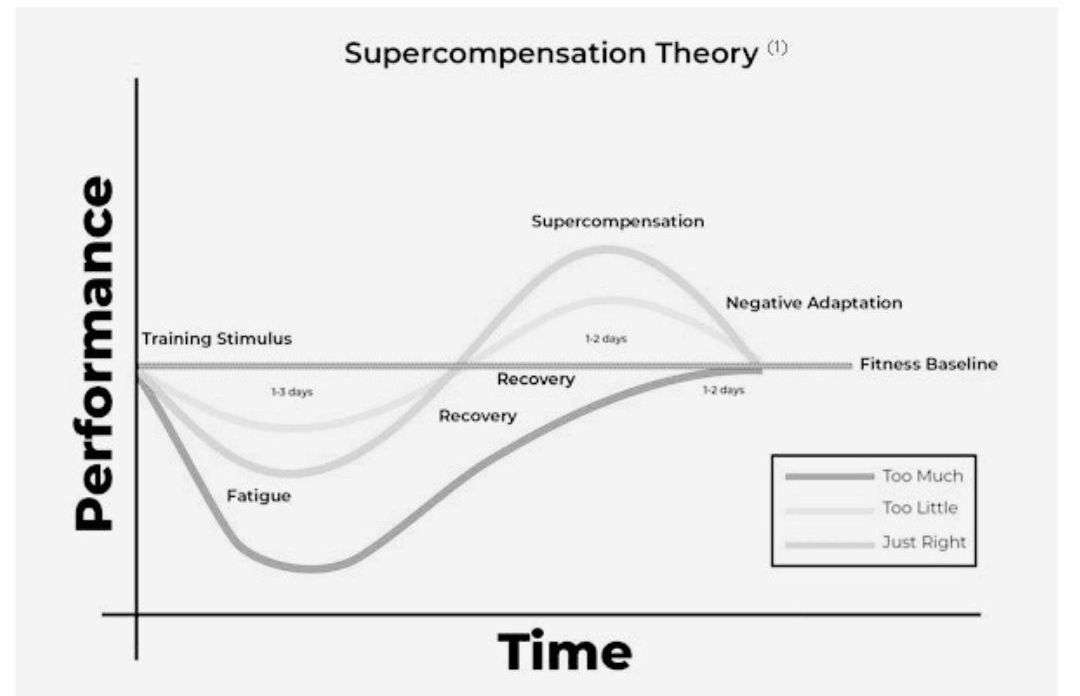
Understanding appropriate stimulus and recovery for optimising your results from training.
Getting results with your sessions is our priority so today we wanted to share with you some theory. We refer to this in the studio as the "Goldilocks zone" with training.
Not to much not too little just the right amount like Goldilocks and her porridge,
Training is a stimulus we apply to the body to create adaption. After 2-3 days, your body has recovered and appropriately adapts to the stressor. During this time is your body slightly stronger for a 1-2 day window right after the recovery. Winning ! Sounds great, right?
This window of heightened performance is called "supercompensation" and is when you want to work out the same muscles again to optimise the benefits. See the image below.
This physiological adaptation, supercompensation, can compound and is called positive supercompensation (image A below).
When you consistently time your workouts appropriately week after week, you will continually progress and get stronger, more efficient, and closer to your health & fitness goals. For this reason, fitness professionals like ourselves preach the importance of
consistency
and try not to let you fall off the wagon.
When too much time is spent between workouts, your body will return to where it started!
An irregular training plan consisting of long breaks followed by short spurts of focused workouts leads to you spinning your wheels in the snow and going nowhere, called null supercompensation (image C below).
On the other end of the consistency spectrum, there is also too much exercise called negative supercompensation (image b below). High-intensity workouts 5-7 days a week are most likely overloading your body. Exercising till exhaustion daily without giving your body adequate time to rest and recover will result in a drop in performance over time. Not only will you cease to grow stronger, but you may also get weaker.
To minimise the risks of over-training which can have adverse effects on your health we recommend a varied exercise program. Workouts, that are varied in intensity, load and training methods. An example could be two pilates reformer sessions a semi-private personal training session and a walk. or Two Semi-private Personal training sessions and yoga.
So to optimise your training aim for two strength sessions and then complement you're training with a session for mobility and balance, or pilates and yoga.
Book time to discuss your individual routine, plan and goals with one of our friendly team.
Click here to see a video on this topic - https://youtu.be/-HUNy1j6jRU
